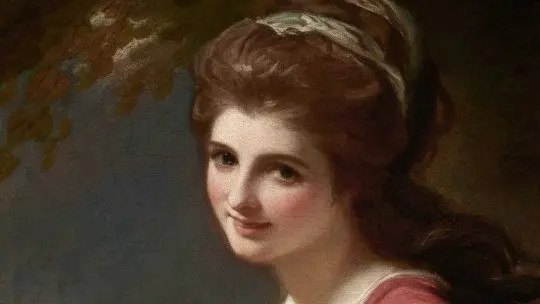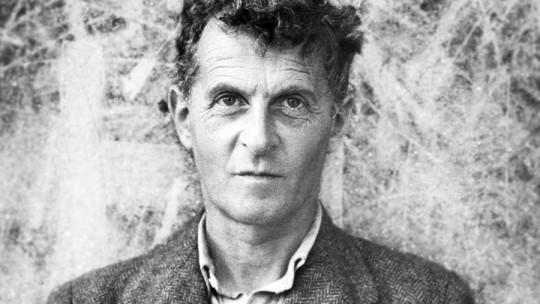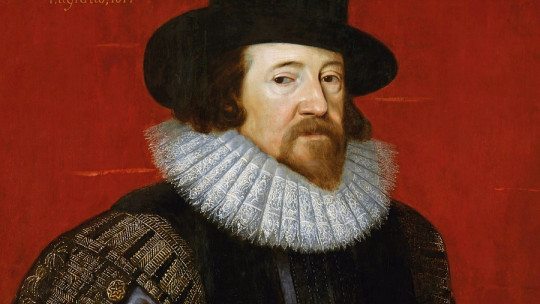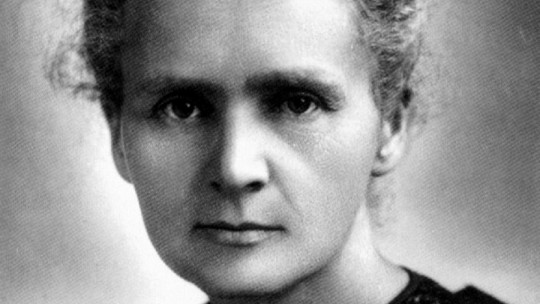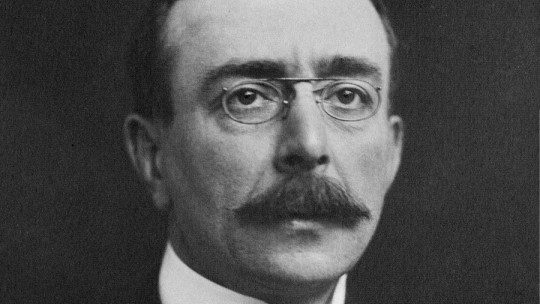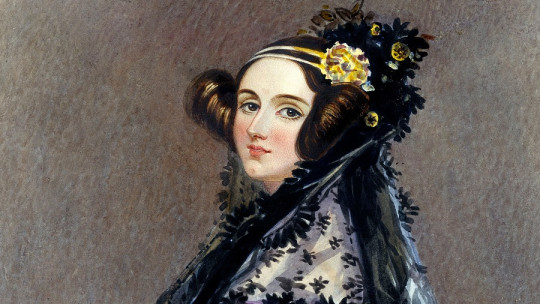
Ada Lovelace was a woman advanced for her time Women of science and technology, since 2009, every second Tuesday in October, their international day is celebrated, a date that aims to commemorate the achievements achieved by women in fields such as technology, science, engineering and mathematics. .
Born Augusta Ada Byron, she was the daughter of the famous and controversial Lord Byron and Anna Isabella Noel Byron, an English aristocrat who held a deep grudge against the English poet.
Ada Lovelace’s life has ups and downs marked by very weak health but that did not prevent her from being ahead of her time, so much so that she came to imagine what a computer is today. Let’s learn about her life below. Let’s see a summary of her career in this biography of Ada Lovelace
Brief biography of Ada Lovelace
Augusta Ada King, Countess of Lovelace, was born Augusta Ada Byron on December 10, 1815 As soon as her parents Ada came into the world, after several marital disagreements, scandals and infidelities, they separated. Her mother, Anna Isabella Noel Byron, left the family home while her father, the famous poet George Gordon Lord Byron, was sleeping, taking with her little Ada, who was only one month old.
The mother later filed for divorce from Byron after learning that her husband’s half-sister, Augusta Leigh, (for whom little Ada was named) was also his mistress. Scandals continued in Lord Byron’s life and, three months after abandoning him, Anna Isabella threatened her husband to divorce him or she would make his incestuous extramarital affairs and her homosexuality famous. In the end, Byron would leave England and his daughter would never see him again in life.
Little Ada was a sickly child. At the age of seven she contracted an illness that kept her bedridden for several months. At the age of fourteen, her legs were paralyzed for a while due to severe measles, which made the girl, to take advantage of the idle hours, spend them reading and studying without pause.
Anna Isabella ensured that her daughter received a careful and strict education that included music, French and mathematics Still resentful towards her ex-husband, Anna Isabella wanted her daughter to have the most scientific training possible, away from her father’s life as a writer, and for this she hired the mathematician and astronomer Mary Somerville. Her mother’s aversion to art made Ada see her talents of this nature as if it were an illness.
To further stimulate Ada’s interest in science and technology, mother and daughter traveled through the regions of industrialized England Thus, Ada had contact with the most innovative inventions of the time, smoking machines powered by steam. Among those that impressed her the most was the Jacquard loom, a mechanical loom invented by Joseph Marie Jacquard and which at that time used punched cards to operate.
Augusta Ada was a woman, and in the Victorian England in which she lived, that was nothing more than an obstacle. However, Thanks to his high social status he was able to rub shoulders with highly prestigious figures of his time renowned scientists and cultured men such as David Brewster, Andrew Crosse, Charles Wheatstone, Michael Faraday and the novelist Charles Dickens.
Charles Babbage and programming
When Augusta Ada King turned 18, as with the rest of the young aristocrats of her time, She began attending high society parties in order to find a suitor who to marry. In one of them, organized by her tutor Mary Somerville, she met the mathematician Charles Babbage, famous for having designed a calculator capable of calculating tables of numerical functions by the method of differences. Babbage is also famous for having designed, although he never built, an analytical engine to run tabulation programs.
It is because of these inventions that Babbage is considered one of the pioneers in conceiving the idea of what we could currently consider a computer The mathematician’s designs excited the young Ada, so much so that the girl even proposed that one day in the not too distant future machines would make it possible to change people’s lives by doing the most complicated calculations and receiving commands.
Augusta Ada King, Countess of Lovelace
In 1835, Augusta Ada met William King-Noel, Lord Lovelace, a member of one of the most influential families in Victorian England. When the possibility of marrying the young woman to such a renowned suitor arose, Ada’s mother quickly approved the relationship. The wedding took place on 8 July 1835 and Ada became Lady King. It would be from that moment on that the young woman would always sign herself as Ada Lovelace. The couple would have 3 children: Byron, Anne and Ralph.
Around that time, the health of the now Countess of Lovelace began to deteriorate. Ada Lovelace began to suffer from very painful digestive and respiratory problems and the doctors of his time considered it appropriate to treat them with opiates. The consumption of these substances took a toll on his health, causing delusions and sudden mood swings, in addition to planting the seed of a change in his personality.
The opiate-medicated Ada Lovelace had delusions of grandeur, describing herself as a mathematical genius, with almost supernatural powers. She tried, unsuccessfully, to have Babbage become her teacher, although the two would end up maintaining a close collaboration.
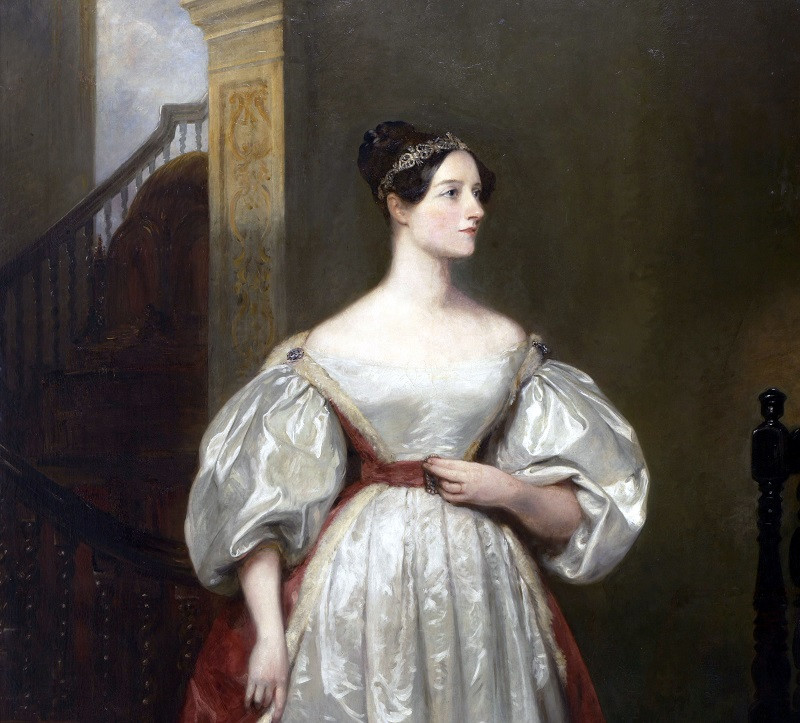
A very successful translation
In 1842 Ada would do what was to be her only professional work for the prestigious magazine Scientific Memoirs The magazine commissioned him to translate an article written in French by the Italian military engineer Luigi Menabrea in which Charles Babbage’s analytical engine was described.
Ada Lovelace published the translated article, in addition to accompanying it with abundant notes of her own in which she presented her own theories about how the machine worked. She signed these notes only with her initials AAL to hide her status as her woman and to prevent this from harming her dissemination. The notes would not be published under her real name until 1953.
In the end, these extensive annotations would end up becoming very famous, more so than the translation of the article itself. Ada’s imagination and ability to see beyond immediate reality made her capable of developing very advanced concepts for the time, making her considered a true visionary.
The most notable of these concepts is the one that refers to the operation of what we today call a computer algorithm. Ada took Bernoulli numbers as an example, an infinite series of figures which play a very important role in describing the operations that Babbage’s analytical engine would have to do in order to calculate them.
Ada Lovelace must also have been outlined other interesting current computing concepts. She predicted the existence of what we today call a “loop,” a group of instructions that are executed multiple times, or “subroutine,” part of a program that can be called up at any time.
It cannot be categorically stated that young Ada was the first to develop a computer program. However, it can be said that Ada Lovelace had the idea of a machine that could be programmed and reprogrammed to perform various functions and not be limited simply to calculation Ada considered that punched cards could be used just like the ones she used the Jacquard loom for, something that could be considered the first computer idea in history.
End of your life
Although Babbage tried to convince the British government to finance the construction of his machine, he was unsuccessful. If it had, without a doubt the industrial England of that time would have made an abysmal technological leap, moving forward almost a century. Unfortunately, the mathematician died in poverty after squandering his fortune and failing to materialize his great ideas.
After Babbage’s professional rejection, Ada Lovelace did not return to work on anything related to mathematics Tormented by her illness and opiate addiction, she threw herself into the arms of gambling and, also, numerous lovers, which cost him much of her fortune and her marriage. Her mother, worried about seeing in her daughter the romantic and crazy traits of Lord Byron, convinced her to convert to Christianity and amend her life.
Augusta Ada King, Countess of Lovelace, died November 27, 1852 He died due to the bleeding that his doctors gave him in the hope of trying to cure the uterine cancer that he suffered from. He was only 36 years old, the same age at which his father, Lord Byron, left the world. Although her mother had done everything possible so that father and daughter would not see each other again in life, she could not prevent them from doing so in death because the young woman’s last wish was to be buried next to the father she never met.
Ada Lovelace’s algorithm for calculating Bernoulli numbers was neither implemented nor tested because Babbage’s analytical engine was never built. It would be almost a hundred years until Howard Aiken, an American engineer and pioneer in the field of computing, designed the first electromagnetic computer, closely related to Babbage’s work.
Unlike the English mathematician, Aiken obtained financing, in his case from IBM, building it in 1944 and naming the machine Mark I Who knows if, if they had received the support they needed, Babbage and Ada Lovelace would have created a machine as revolutionary as Aiken’s…


